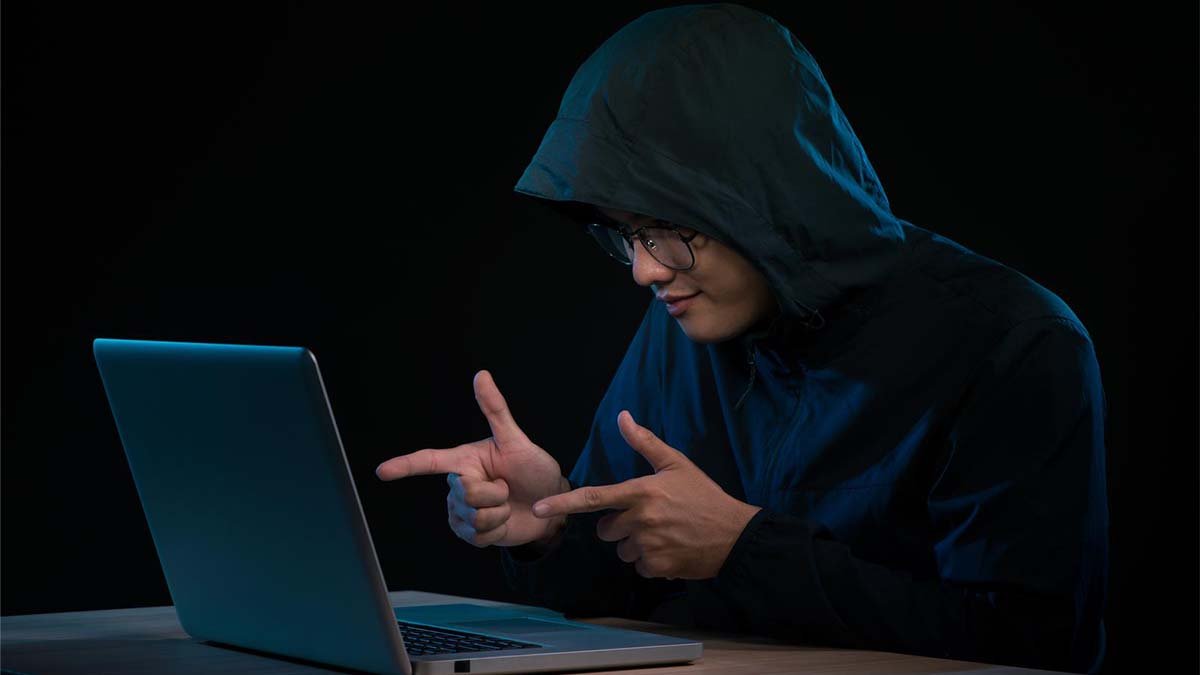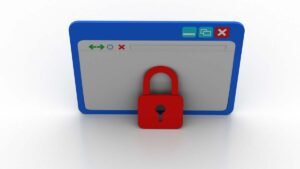Protecting your online business from cyber hackers is vital if you’re a graphic designer. Due to minimum investment in cybersecurity, many companies have become victims of hackers recently. Their personal information has been stolen and used in committing crimes. Others have even lost their money because their account information got into the wrong hands.
Observing cybersecurity hygiene would help you in many ways as a graphic designer. You’ll securely share your work with clients and store multiple copies of your work without worrying about losing them to hackers.
This article will show you cyber safety tips you should know as a graphic designer.
1. Protect Your Network By Using VPNs
Most graphic designers only focus on acquiring efficient design software and more storage space for their work. They forget about securing their network from cybercriminals.
Virtual Private Network (VPNs) secures your network by hiding your online activity from strangers. It masks your computer’s IP address by sending your internet connection to its server in a different location. So it will appear that you’re accessing a website from a different location.
2. Use Password Managers
Graphic designers use numerous tools in their work, from productivity software like GSuite to creative software like Adobe Illustrator and Canva. You must take the necessary steps to ensure the passwords to these accounts are secure and unique.
Cybersecurity experts encourage people to use password managers to boost their cyber safety. Password managers store passwords to various accounts. So, all you need to memorize is the password manager’s password.
Password managers are helpful when you create passphrases for your accounts. Passphrases are longer and more unique passwords, usually having at least 14 characters. They are preferred because it takes more time and resources to hack a longer password. Passphrases are harder to recall than passwords containing as few as four characters, like a PIN. Once you store the passphrases in the password manager, you won’t need to memorize them.
3. Invest In A Good Anti-Virus Software
Even though most devices nowadays come with anti-virus software, they may not offer the level of protection you need as a graphic designer. For this reason, you should acquire anti-virus software with powerful features such as advanced malware protection, low RAM usage, and email filtering.
Since malware is one of the most common cybersecurity threats, you need anti-virus software that immediately detects and blocks malware from accessing your device. You also don’t want software that occupies too much space in your device and lowers your processing speed. Go for anti-malware software with extremely low RAM usage.
Since email is your primary communication channel, you need anti-virus software that filters genuine emails from scams and phishing emails. Finally, choose software that has 24/7 customer support. So that whenever you need to sort out a problem, they’ll speed up the process.
4. Keep Your Software Up-To-Date
After installing software on your computer, you’ll need to update them regularly to prevent them from becoming vulnerable to cyber hackers. Hackers may override software like anti-virus if they are not updated in time. It may miss important bug fixes or features that leave your device vulnerable to cyber attacks.
Most applications update to newer versions automatically. But if they update manually, you’ll have to manually check your device’s system settings or visit the software’s control site. Keeping your applications up-to-date ensures the safety of your client’s projects.
5. Back Up Your Work Regularly
Backing up your data prevents you from completely losing data in case of theft or deletion resulting from cyber attacks. Set your computer system on the automatic backup option, so copies of your data get uploaded instantly to the cloud.
You may also manually transfer copies of sensitive information to an external hard drive. In case of damage or theft of your device, you’ll still have access to your work and deliver your client projects on time.
6. Accept Only Secure Payments
Since most of your clients come from different parts of the world, your transactions are done online. To avoid predatory clients, insist on using secure payment platforms like Stripe, PayPal, and Skrill. Most freelancers use these platforms because they are convenient and safe.
Using unsafe payment platforms for online transactions may expose your personal information to hackers. They may use your identity to commit crimes in a process known as identity theft. Cybercriminals may also withdraw all the money in your account once they access your passwords.
Conclusion
As a graphic designer, paying attention to cyber safety is critical for your business. Most of your work tools are online, from design software to communication channels and payment methods. By investing in cybersecurity, you’ll be boosting the success of your business. You can use password managers, regularly update your software, and buy high-quality anti-virus software.



